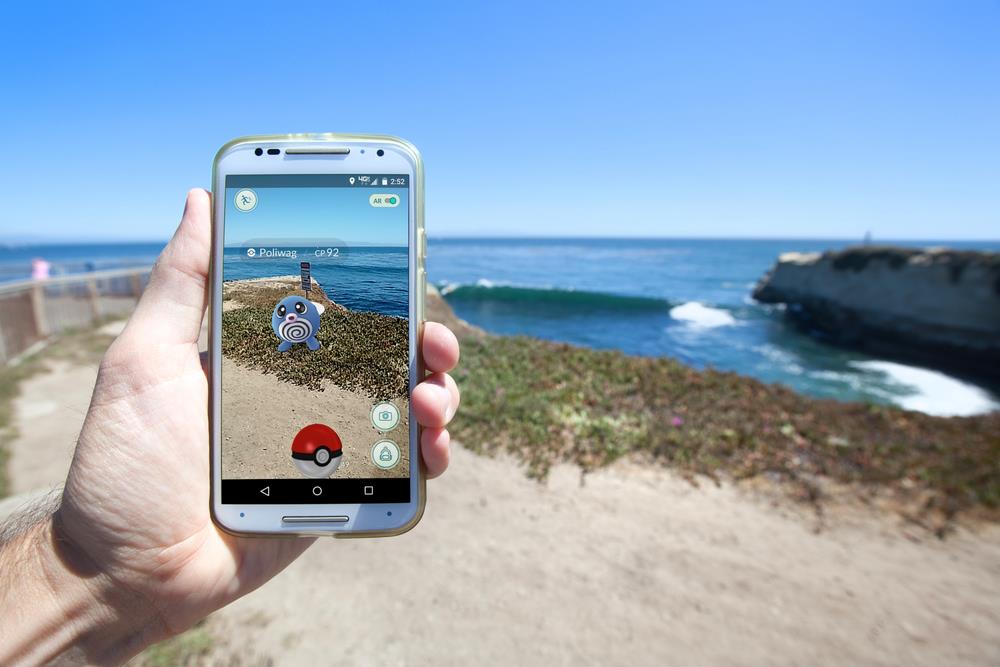Pokemon Go – silly season story or a media game-changer?

And it is an unlikely story too. A mobile phone game powered by Augmented Reality, and featuring a 90s phenomenon, doesn’t sound like something that would shunt Brexit from the front page, but Pokemon Go has been the story of the summer – for this week anyhow.
I am assuming that you already know a bit about the game. If not here’s a good primer, and for more on the phenomenon this New Yorker piece nails it.
From a magazine media perspective though – what can we learn from Pokemon Go? Is it likely to usher in a new era of Augmented Reality apps? What is likely to be the impact on social media platforms? What are the opportunities it affords publishers? Here then are few key questions that publishers need to be asking about Pokemon Go.
Does it have legs?
So Pokemon Go may have encouraged people to get out and use the feet, but does it have legs? It may have been downloaded fifteen million times and become more popular than Twitter in days, but will it still be as popular in October?
The answer is almost certainly no. Reports of parents taking kids on Pokemon Go hunts underline that this a summertime phenomenon. It simply wouldn’t work in a Stockholm winter. The timing of the release, from a European perspective anyhow which tied in with some glorious weather, certainly did the app no harm.
Also mobile games and apps in general, tend to have a faddiness about them. Remember wanting to become ‘mayor of your local coffee shop’ on Foursquare a few years back? You get my point.
Having said that Pokemon Go has been downloaded so many times. It is also addictive and its maker Niantic has plenty of ideas for re-inventing it.
So long term the jury remains out.
Should Instagram and Snapchat be worried?
In many ways, from a media perspective, the impact Pokemon Go has on Facebook, Snapchat etc could be its most interesting legacy.
In the short term some media companies are running with the story that social platforms are taking huge hits at the moment, because instead of spending time uploading images phone owners are chasing Pikachu and setting up gyms.
Again, no one knows if this is likely to be a short or long term thing. Significant shifts in behaviour patterns on social media have occurred in the past – namely the decline of MySpace and Foursquare. But in many ways users weren’t as invested in those platforms as they are with today’s market leaders as they had no imperative to go back to them on a daily basis.
What is more fascinating is how social platforms might get inspired by Pokemon Go’s marriage of Augmented Reality and location. Snapchat users have been using AR for a few months now with its 3D stickers, and recently Twitter offered its users similar features. It is not hard to see how the major platforms could start to integrate AR into more of their offerings, if they think the demand is there.
Is this the re-birth of Augmented Reality?
From a media perspective the surge of interest in Augmented Reality has to be good news. Magazine companies have been experimenting with the format for around five years now and had mixed results. The same can be said for advertising initiatives too. Maybe it all feels a little too gimmicky?
What appears to have tipped the balance on AR is moving away from the home and into the outside world. So that people are interacting with real places. It is one of the reasons why mixed reality (a cousin of AR) – where people interact with virtual images in a real environment – may ultimately become more successful than Virtual Reality.
As Dmitri Williams of Ninja Metrics told the LA Times, “virtual reality is a fun, vibrant niche, whereas Augmented Reality will go mainstream. The reason is VR separates you from people, while AR changes the way we interact with people. AR promotes engagement with the real world while adding new and exciting features to the way we see it.”
The challenge now for the media is to work with technology suppliers like Blippar, Layar and others to take magazine brands into the space in ways that don’t feel gimmicky or forced. That’s not going to be easy, but as Pokemon Go underlines getting Augmented Reality right can reap rich rewards.
More like this
Blippar develops ‘visual browser for the physical world’
Visual search – the next frontier?
VIDEO: Blippar – bridging the gap between physical and digital







